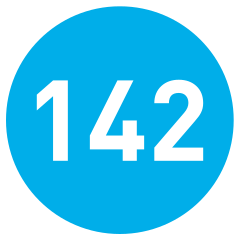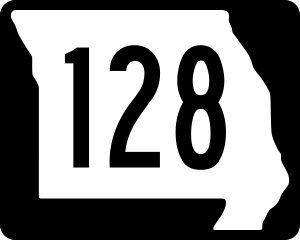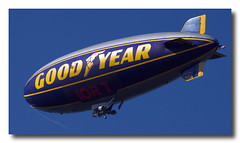 |
Image from wikimedia commons
|
"Tannenbaum and Cerasoli conducted a systematic review of findings from 46 studies. Limiting their analysis to studies that reported on the impacts of AARs on “quantifiable aspects of performance” (e.g., in simulators, games, personnel records, self-ratings, performance appraisal ratings) they found that, on average, after action reports/debriefs improved effectiveness over a control group by approximately 25%. The results were similar across a wide variety of contexts, including teams versus individuals and medical versus non-medical situations".
Please note that this an increase in effectiveness of the teams, rather than an increase in effectiveness of the organisation through across-team knowledge sharing. The referenced Tannenbaum and Cerasoli study, a meta-analysis of published material, is also an interesting read, suggesting that AARs on average take 17 minutes, involve about 5 people, and are three times more successful when facilitated.
Here's a bit more text from the original article
"Both the United States Department of Veterans Affairs (VA) and the Joint Commission which monitors hospitals review incidents in their own form of after-action reporting. Each uses a systematic approach that incorporates root cause analysis into a review after a sentinel or adverse event has occurred where things did not go as expected. While limited evaluation has occurred of the effectiveness of the after-action reviews, at the VA, comparison of these reviews with prior approaches to reviewing adverse events showed a shift in the root causes identified, blaming individuals less and increasingly attributing the problem to systemic causes like communication and policies or procedures"
So not only do AARs improve team effectiveness, they start to change culture as well.


.jpg/160px-View_of_Kauri_side%2C_Chenab_Bridge_in_2013_-_7770b_(9288239078).jpg)
.jpg/1200px-What_is_mentoring_(14805966275).jpg)






.svg/2000px-Speed_Limit_-_120_kmh_(Botswana).svg.png)












